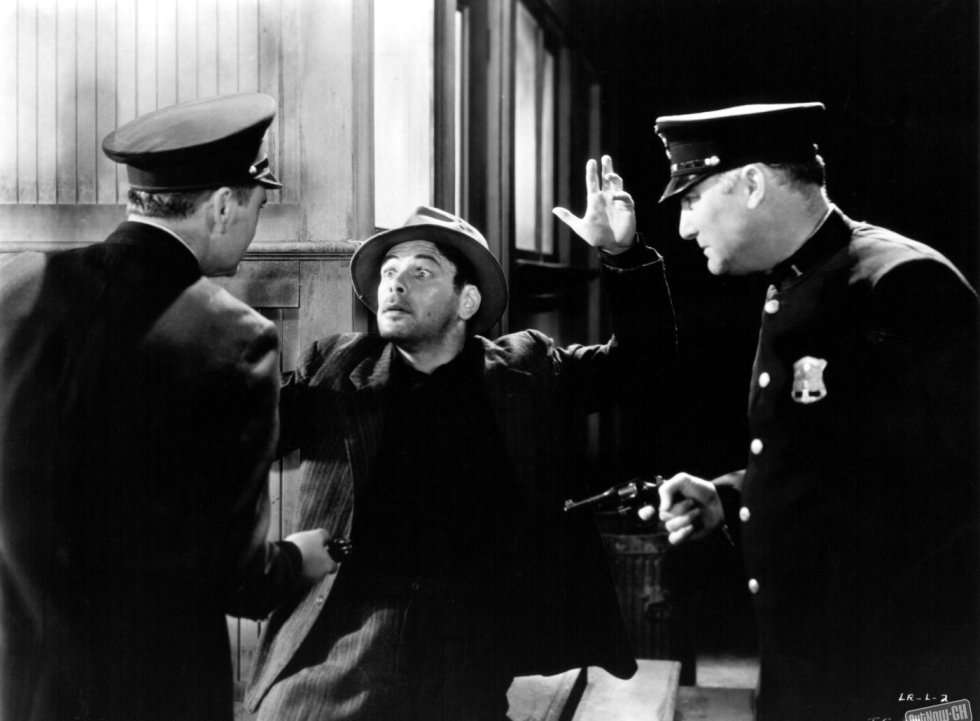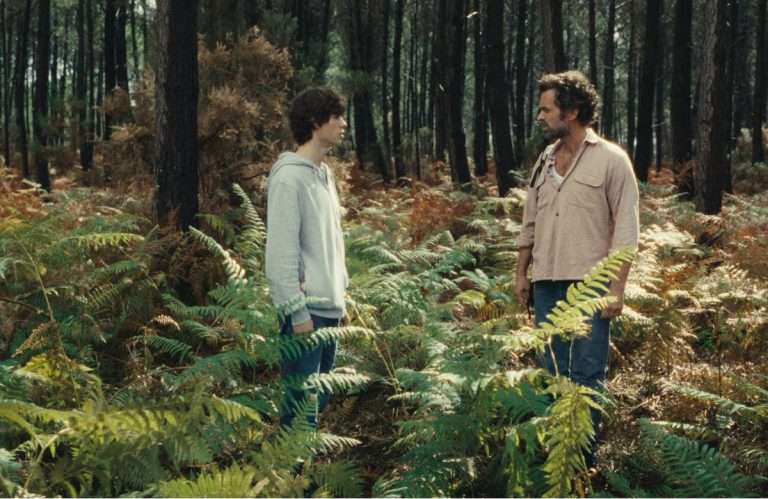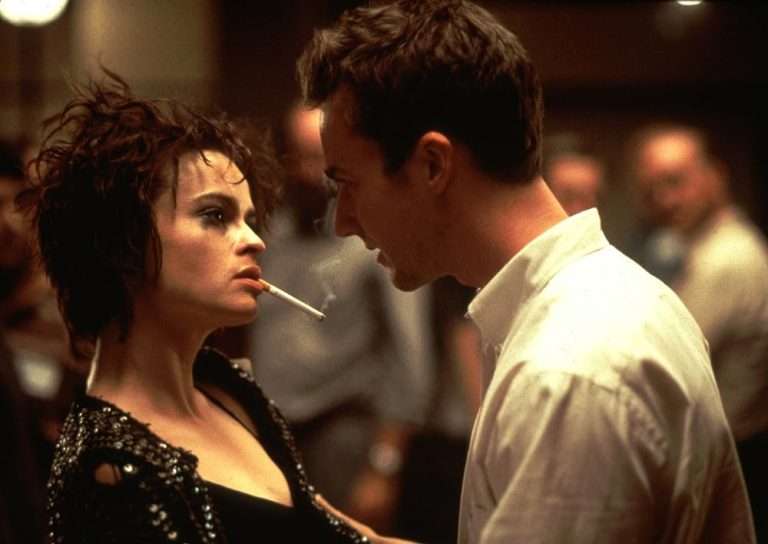In the annals of cinema history, one film stands as a testament to the enduring power of the medium to illuminate societal injustices and inspire change. “I Am a Fugitive from a Chain Gang,” nestled within the confines of 1930s America, emerges as a monumental cinematic masterpiece. To truly appreciate its significance, we must first step back into the tumultuous era of The Great Depression. The 1930s America was marked by economic turmoil, widespread unemployment, and societal despair. It was against this bleak backdrop that this film from Mervyn LeRoy found its voice.
The inception of cinema owes much to the innovation of George Eastman, who, in 1889, introduced roll film. This technological breakthrough laid the foundation for motion pictures as we know them today. Little did Eastman know that his invention would birth an industry capable of both reflecting and challenging the world’s injustices.
As the 1930s rolled in, the cinematic landscape underwent a monumental shift with the advent of “talkies.” Simultaneously, America grappled with the hardships of the Great Depression. However, as the nation reeled from the devastating economic downturn, people turned to the silver screen for respite. Hollywood, the epicenter of American cinema, felt the tremors of the Depression as studios faced significant losses. The film industry, usually associated with glamour and escapism, was about to undertake a remarkable shift, giving birth to socially conscious narratives.
LeRoy’s I Am a Fugitive from a Chain Gang was a daring and risky project from its very conception. It ventured into dark territory, portraying the grim and harsh realities of the American penal system. Even Roy Del Ruth, a director of high stature, initially hesitated to take on such a heavy narrative, one that offered little respite from its weighty subject matter. Nevertheless, the film was greenlit, and Mervyn LeRoy, known for directing “Little Caesar” (1931) and “Three on a Match” (1932), took up the challenge. His transition from light-hearted dramas and musicals to this wholly grim narrative showcased the filmmaker’s versatility and commitment to exposing uncomfortable truths.
The film’s success was undoubtedly propelled by the extraordinary dedication of its lead actor, Paul Muni. By 1932, Muni had solidified his status as a Hollywood heavyweight. His portrayal of James Allen, a man crushed beneath the wheels of a ruthless penal system, remains one of the most powerful and enduring performances in cinematic history. Muni’s commitment extended beyond the screen. He insisted on in-depth research into the American penal system and engaged with real-life figures from the story. His immersion in the role of James Allen was nothing short of breathtaking. His expressive face became a canvas reflecting the pain, determination, and defiance of his character.

James Allen emerges as a symbol of individual resilience and defiance against an unjust system. His relentless pursuit of freedom and a better life underscores the theme of human perseverance in the face of adversity. Allen’s journey becomes a rallying cry for audiences, inspiring them to question societal norms and demand justice.
The deliberate choice of stark black-and-white cinematography goes beyond mere aesthetic preference. It serves as a crucial storytelling device, stripping away Hollywood gloss to expose the raw, unvarnished realities faced by the protagonist, James Allen. This intentional visual style immerses us in the harsh and oppressive world of chain gangs, amplifying the film’s impact by rendering the struggle for justice in stark, unforgettable terms.
There are cards that depict the rise of James Allen. One scene in particular shows how he channels his inner model citizen by rising up the ranks to become an engineer. LeRoy’s skilled direction strategically employs title cards not merely as story markers but as thought-provoking signposts guiding viewers through the turbulent journey of James Allen. These textual interjections punctuate the narrative, emphasizing pivotal moments and broader societal themes, serving as invitations for audiences to contemplate the deeper societal implications. Character close-ups, especially those of James Allen, foster an emotional connection, inviting the audience to share in the protagonist’s struggles and triumphs.
In revisiting this timeless classic, the enduring impact is undeniably rooted in its ability to captivate, challenge, and inspire change. The deliberate visual choices, marked by authenticity and devoid of glamor, place audiences at the epicenter of societal struggle. The absence of color isn’t just a visual choice; it serves as a poignant thematic device, intensifying the starkness of societal injustice and accentuating the gravity of the issues at hand.
At the heart of I Am a Fugitive from a Chain Gang lies a searing critique of the American penal system, offering an unflinching portrayal of the brutal treatment of convicts in chain gangs. James Allen, portrayed by the exceptional Paul Muni, becomes a symbol of individual resilience and defiance against an unjust system, embodying the overarching theme of human perseverance in the face of adversity. The film’s thematic exploration is a mirror reflecting enduring issues of justice and inequality, inviting viewers to challenge the status quo and demand reform. This scathing critique of systemic oppression remains starkly relevant, urging contemporary audiences to question the existing structures and advocate for reform in today’s systems of justice.
In conclusion, “I Am a Fugitive from a Chain Gang” embodies the quintessence of cinema as a transformative art form. It confronts uncomfortable truths, challenges the status quo, and acts as a catalyst for social change. The eternal quest for freedom, both physical and existential, resonates profoundly.






![Inherit the Wind [1960] Review – A Captivating Intellectual Discourse That’s As Relevant As Ever](https://79468c92.delivery.rocketcdn.me/wp-content/uploads/2020/01/Inherit-the-Wind-1960-768x569.jpg)